The FX Super One: A Bizarre Luxury Minivan with an Animated "Face"
From continent to continent, there are cultural differences in vehicle preferences, and thus in automotive design. Europe favors smaller, more fuel-efficient vehicles that can navigate cities with streets laid out in medieval times; American buyers tend to opt for bulky, interstate-cruising SUVs loaded with creature comforts. In China, drivers value tech-laden vehicles with expressive exterior styling.
Over the past several decades, European, Scandinavian, Japanese and Korean carmakers have successfully made inroads into the U.S. market by paying attention to design. They either bring over vehicles with cultural-taste-overlap, or design them from scratch to appeal to Yankee drivers. China, with a much newer automotive industry, has yet to make inroads here. The global trade situation doesn't help, but another obstacle might be the lack of interest in providing American-friendly design.
A case in point is this just-announced FX Super One, a bizarre luxury minivan clearly designed for the Chinese market, but apparently being brought to the U.S. (While manufacturer Faraday X is technically based in Los Angeles, the company has Chinese roots and operates with a "dual-home-market" strategy.) It will be offered as both a battery EV and a hybrid extended-range EV.

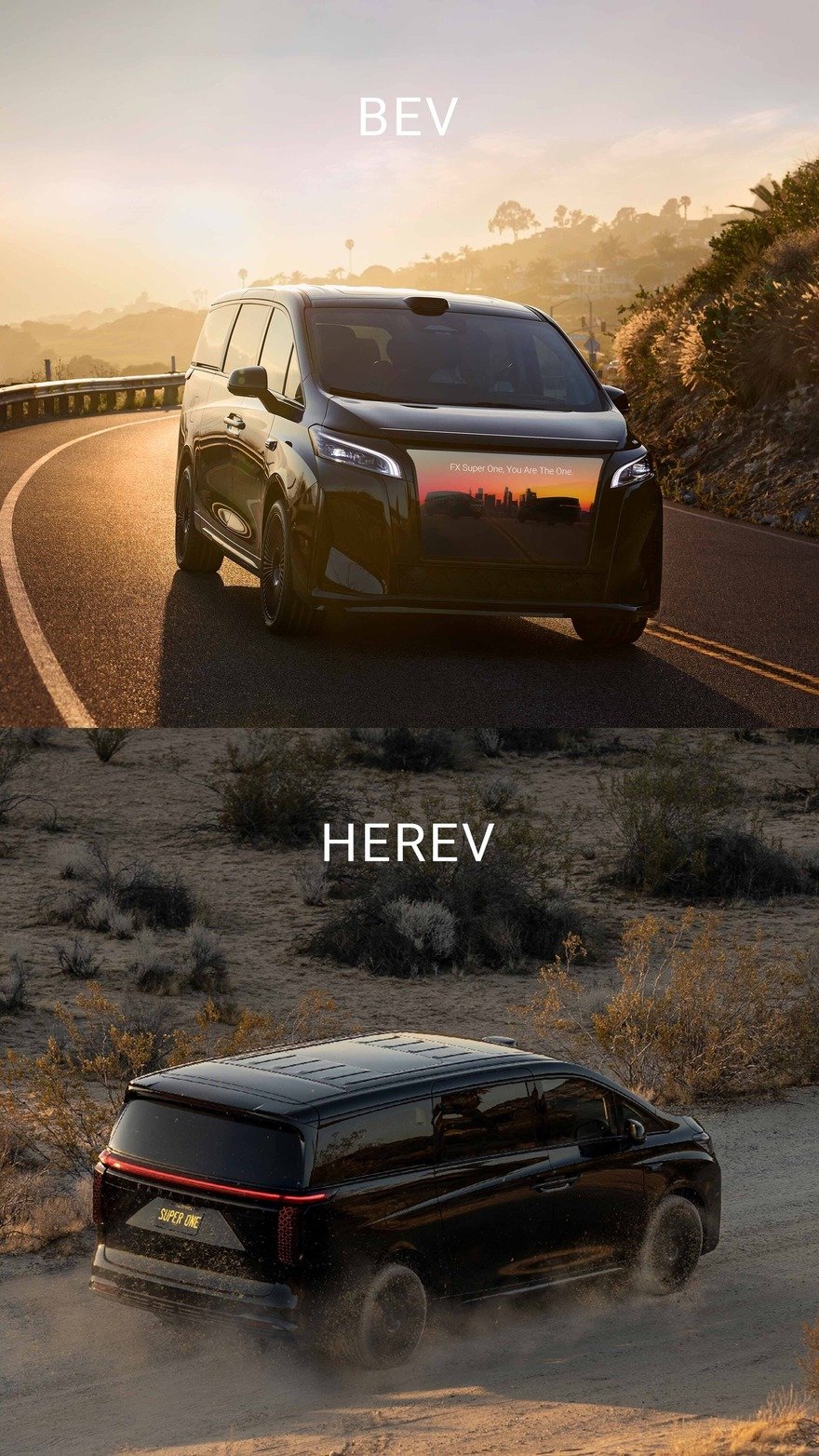
I'm just not sure what the company's thinking. In addition to regrettable styling, the vehicle comes with a strange feature no one (in this market) asked for: An LED grille that can be used to display an animated face, images, and text.
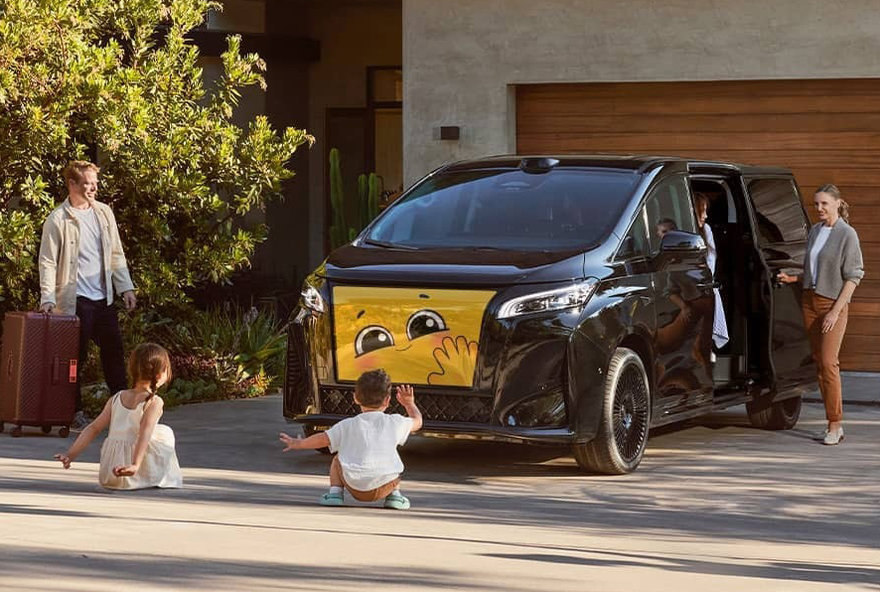
Even worse, the website copy has clearly been machine-translated from Chinese, with randomly-capitalized words:
World's First Super EAI F.A.C.E. with an Empathetic Connection between You and Your Super One
Super EAI F.A.C.E. endows the FX Super One—a Vehicle Embodied Agent—with the ability to express itself and communicate with the world. It can also serve as the Face of your personal Vehicle EAI Avatar, extending your voice and presence and making you the center of attention wherever you go.
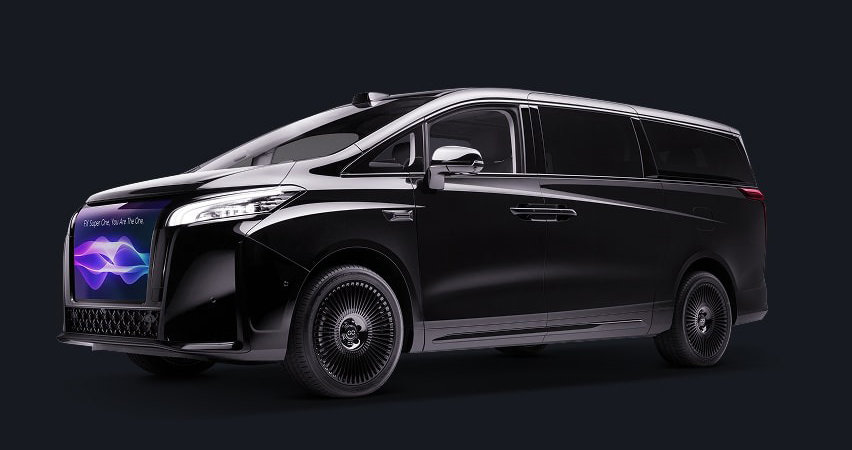
"EAI" apparently stands for "Embodied Artificial Intelligence," but it's not clear what AI or the screen are supposed to "communicate with the world."
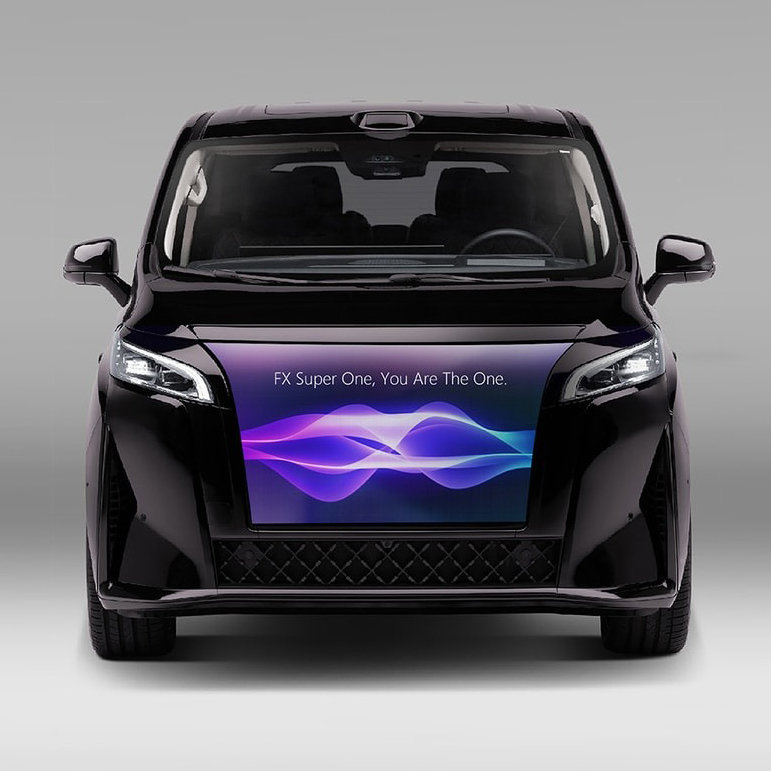
The vehicle will have rather a lot of airbags.
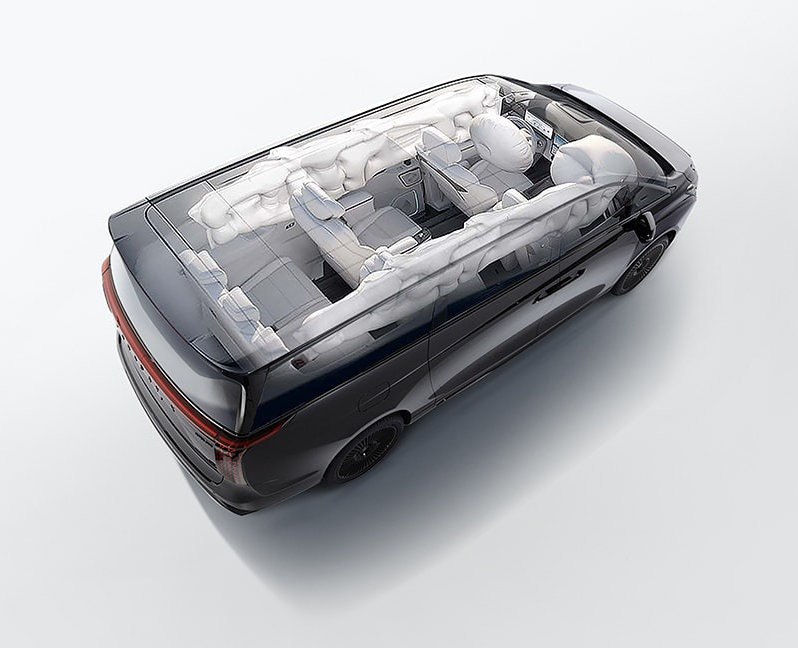
With any luck, the screen in the cabin will have better resolution than the marketing images.
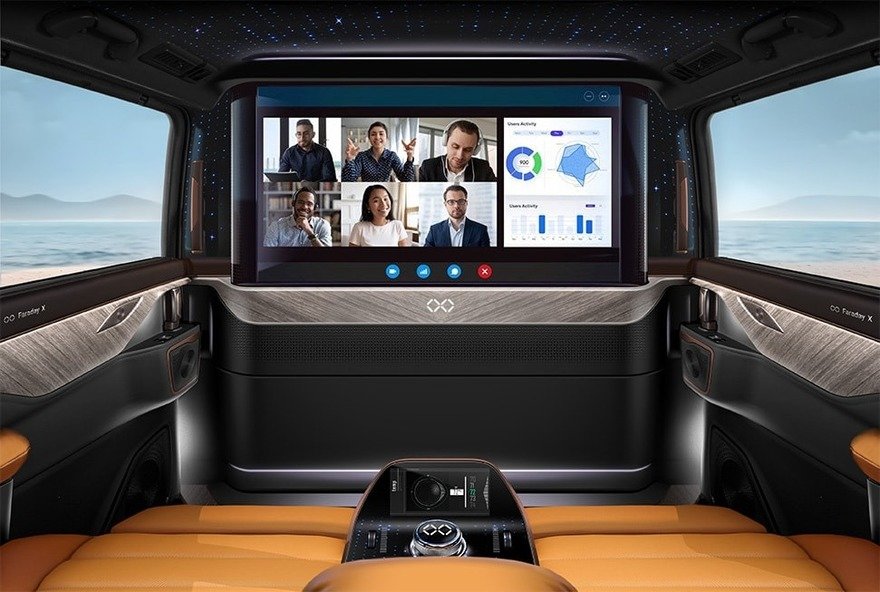
As for what makes this a luxury vehicle, the copy states that "every seat is a VIP seat."
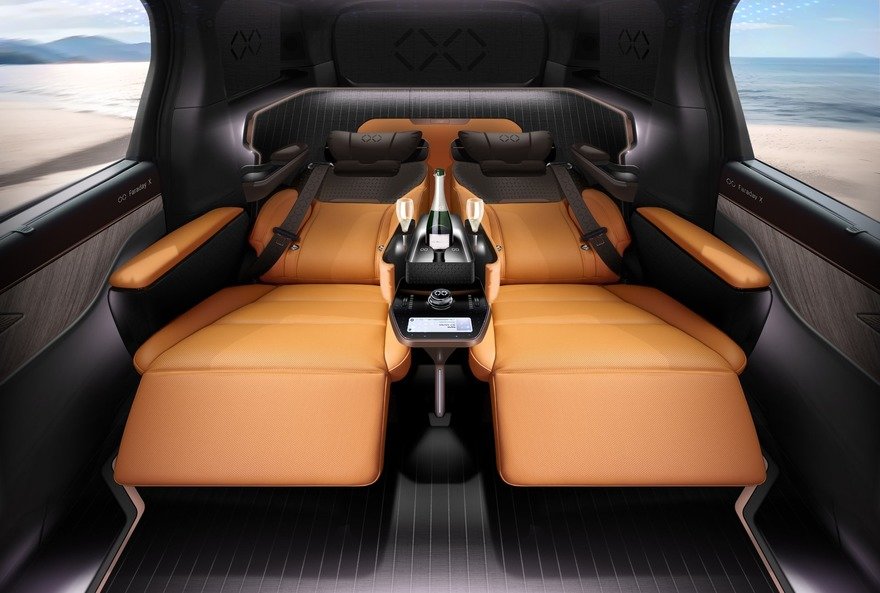
That said, the champagne in the rendering doesn't look all that pricey:
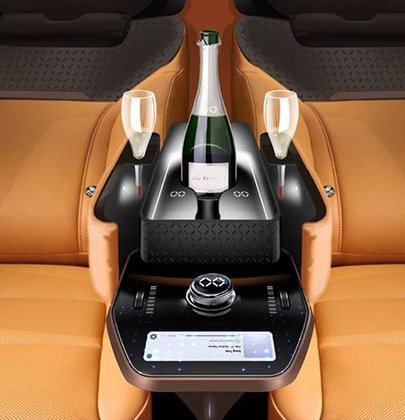
Does this vehicle have a chance in the U.S. market? The company claims they've already got 10,000 (non-binding) pre-orders, and they haven't even revealed the price, only saying it will be "under $100,000."
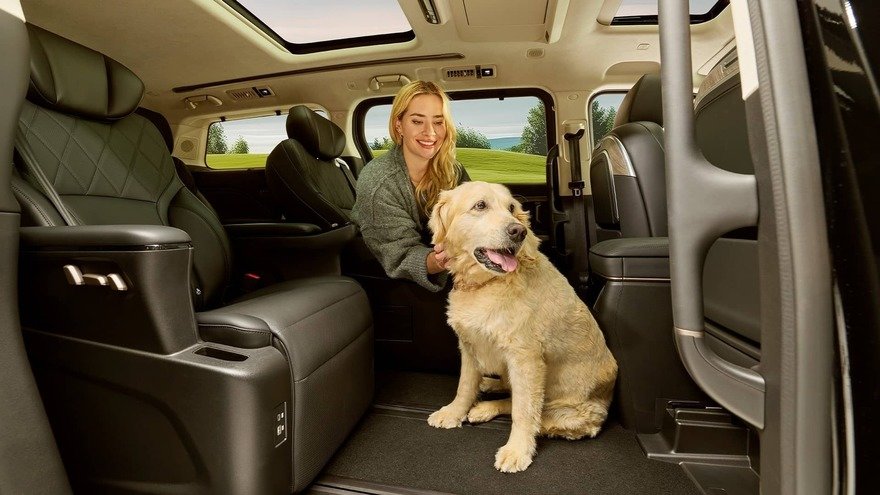
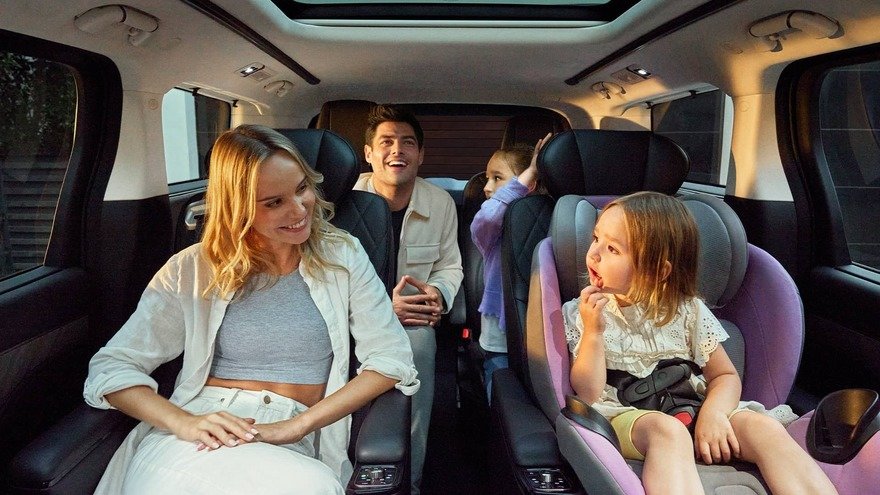
Of course, they could always take the Influencer approach, as a lot of companies do before a Kickstarter, and give free product to YouTubers and TikTokers in exchange for PR. They're offering a 7-seat version aimed at families, a 6-seater aimed at the business segment, and a four-seater "GOAT Edition – For Celebrity and Star" [sic]. Whether they'd want to announce their presence with a screen on the front of their vehicle remains to be seen.
-
oFavorite This
-
Q5Comment
K
{Welcome
Create a Core77 Account
Already have an account? Sign In
By creating a Core77 account you confirm that you accept the Terms of Use
K
Reset Password
Please enter your email and we will send an email to reset your password.


Comments
Turning every car into a potential ad subsidized digital billboard seems like the logical conclusion of the auto industry's current trajectory.
A rolling billboard, makes perfect sense these days....
This makes me think of the pizza delivery car in Snow Crash.
And also "a bizarre luxury minivan clearly designed for the Chinese market". It IS already designed in China. FF gets the whole car bodies from Great Wall Motors, who build the Great Wey Gaoshan. Its the same car, but without the screen. They deliver the bodies to the US where the rest gets tacked on. That's one way to potentially avoid huge tariffs on your car!
I had the same thoughts as the previous commenter: who is willing to take bets that screen is going to show ads at some point.
The only other marginally useful thing would be for taxi drivers to show who they are picking up, but we sort of got that figured out by now as well. Weirdly, they never really leaned into that in the presentation, even though the only target market I can see is airport shuttle companies.